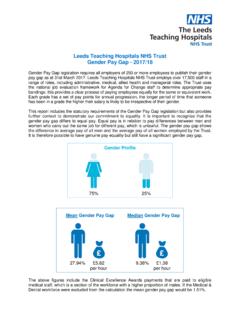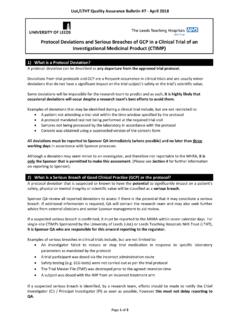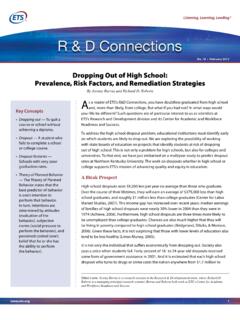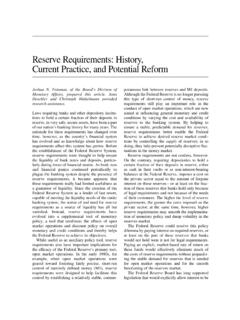Transcription of Dropping Anchor Russ Harris Infographic - Leeds TH
1 Dropping AnchorDropping AnchorDropping AnchorAdapted from the work of Dr Russ Harris author of The Happiness TrapHANDLE DIFFICULT THOUGHTS,SWITCH OFF AUTOPILOTONOFFand engage in life; ground and steady yourself in difficult situations. feelings, emotions, memories, urges, and sensations more FOCUSYOUR ATTENTIONon the task or activity you are doing; develop more self- control DISRUPT RUMINATIONO bsessing and worryingAAAEEECCCACKNOWLEDGE your thoughts and feelingsCOME BACK into your bodyENGAGE in what you are doingDrop Anchor in the middle of any kind of emotional storm : Flashbacks Panic attacks Chronic pain To support and hold you steady, so you don t get get swept away, allowing time for the storm to pass.
2 To bring your focus back to what s important to you right here and now. Dropping Anchor involves playing around with A-C-E:WHAT IS INVOLVED?Put together by James Warren, North Bristol NHS Trust, AnchorDropping AnchorDropping AnchorAdapted from the work of Dr Russ Harris author of The Happiness TrapAAAEEECCCACKNOWLEDGE your thoughts and feelingsCOME BACK into your bodyENGAGE in what you are doingSilently and kindly acknowledge whatever is showing up inside you: Thoughts Feelings Emotions Memories Sensation UrgesAdopt the stance of a scientist, curiously observing what s going on in your inner world.
3 Come back into and connect with your physical body. You could try some or all of these: Slowly push your feet hard into the floor. Slowly straighten up your back and spine; if sitting, sitting upright and forward in your chair. Slowly press your fingertips together Slowly stretch your arms or neck, shrug your shoulders. Slowly breathe. You aren t trying to turn away from, avoid, escape, or distract yourself from what is happening in your inner world. Try all or some of these suggestions, or try your own. End the exercise by giving your full attention to the next task or activity at hand. Get a sense of where you are and refocus your attention on the activity you are doing.
4 In your surroundings, notice: 5 things you can see 4 things you can hear 3 things you are touching 2 things you can smell 1 taste in your mouth Finally: notice what you are doing. Ideally, run through the A C E cycle slowly 3 or 4 times, to turn it into a 2- 3 minute exercise: You can practice these kinds of exercises, any time, any place. It s a good idea to practice them often in less challenging situations, when your thoughts and feelings are less difficult, so you can build up your skill levels. Over time, the idea is to use this in more challenging situations, when your thoughts and feelings are more tricky and can more easily overwhelm us.
5 Put together by James Warr













